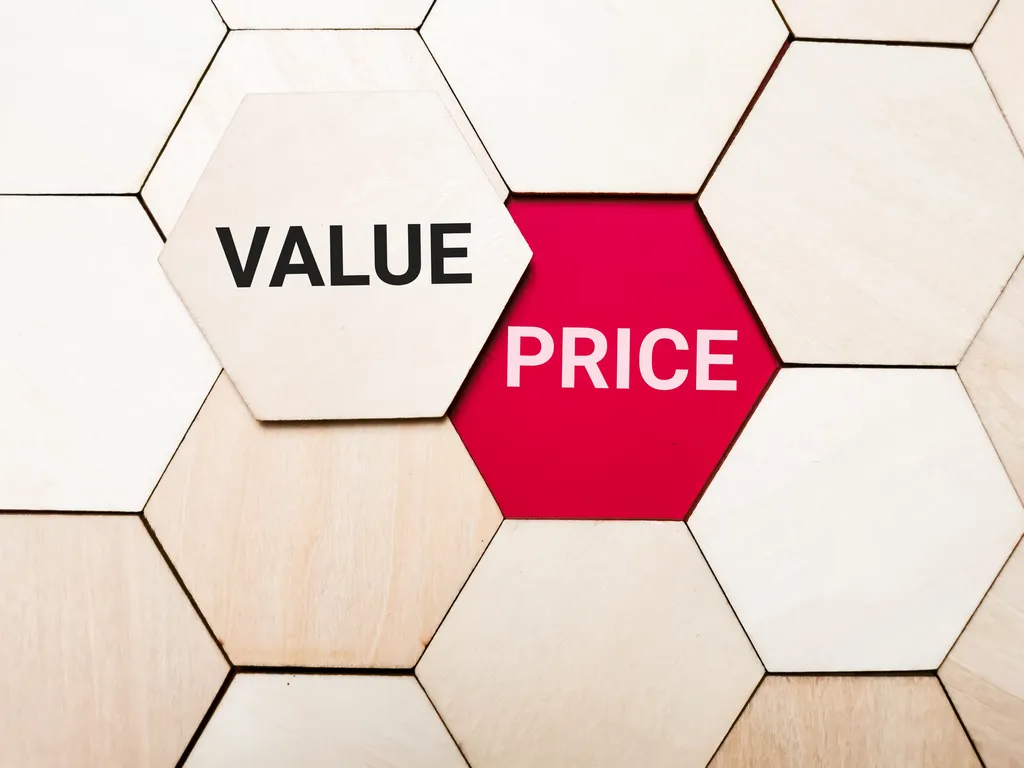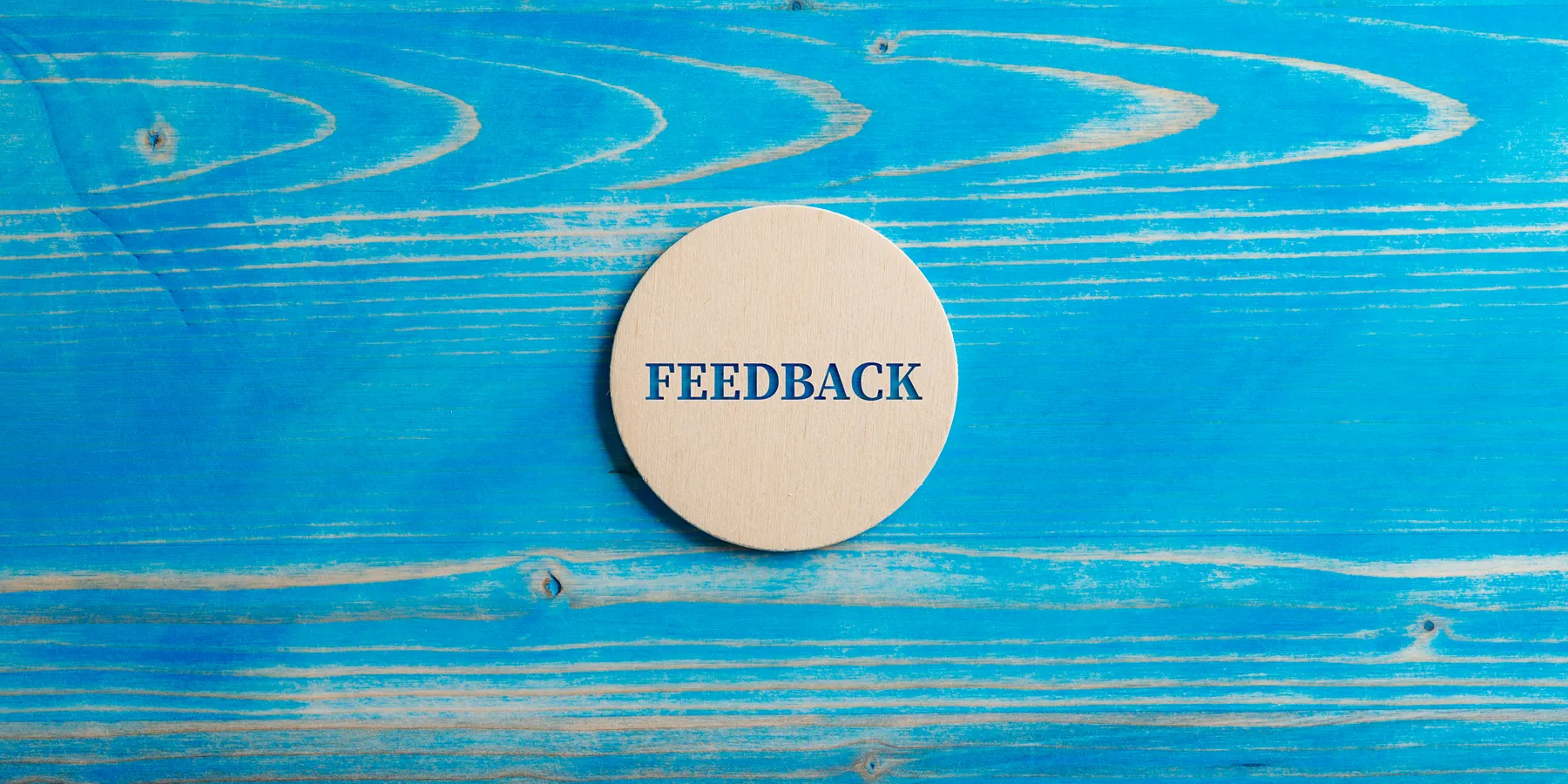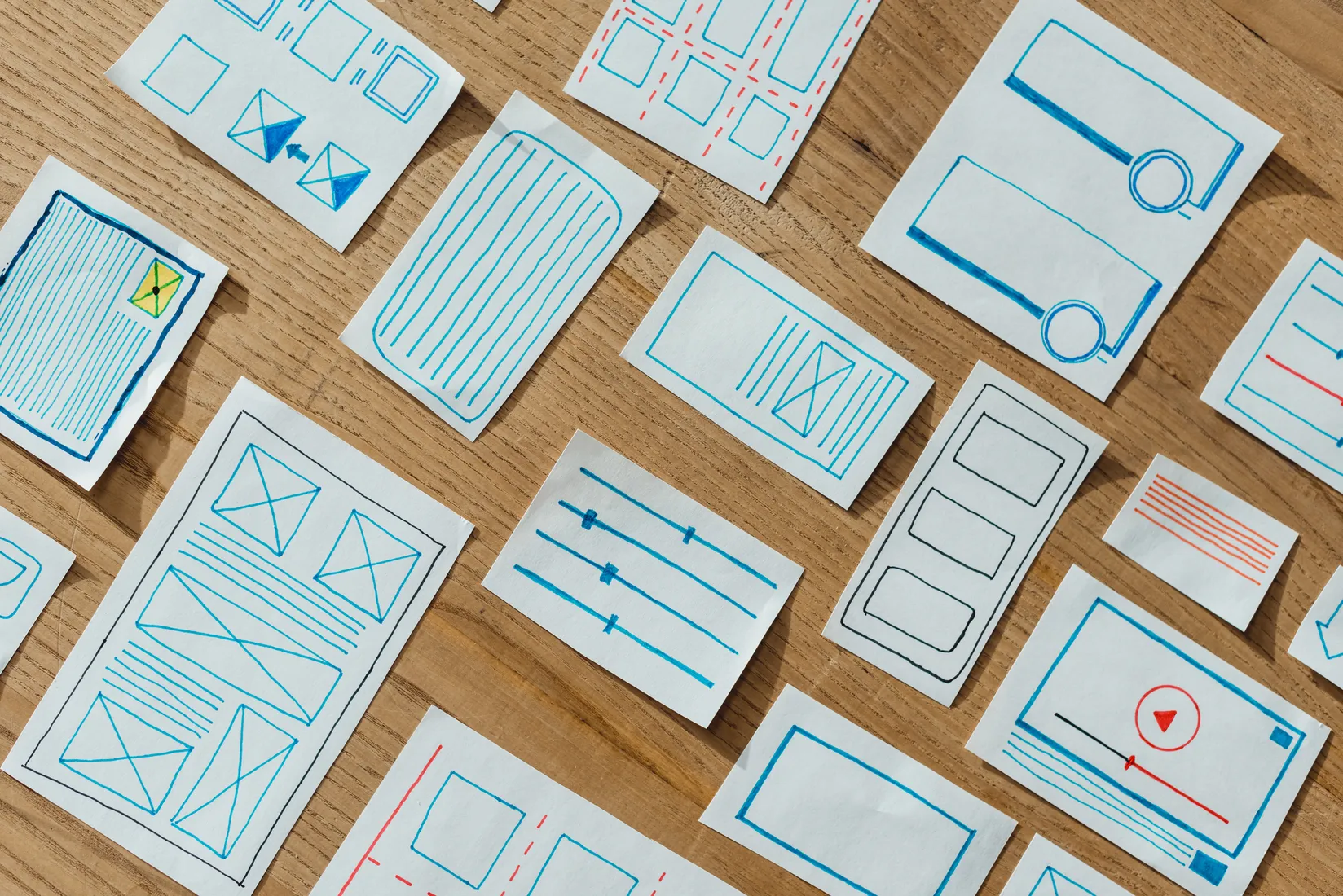Introduction:
Understanding Evaluate Products With so many options available, you must make well-informed purchase selections. It doesn’t matter whether you’re talking about services, appliances, or electronic devices; having the ability to analyze them like a specialist may have a major influence on the level of enjoyment you receive from your purchase.
Setting the Criteria for Evaluation
When doing product evaluations similar to those of a professional, it is essential to establish the appropriate criteria. To simplify the process of making decisions for you.
Identifying Needs and Goals
A fundamental stage in the process of assessing items is to have an understanding of your particular requirements and the results you want to achieve. Is there a particular function that the product fulfills for you? Which objectives do you want to accomplish in the future?
Defining Essential Features
Make a list of the most important characteristics that the product in question must possess. It would be best to prioritize the functions depending on their importance to your requirements.

Researching and Gathering Information
Conducting extensive research is one of the most important product evaluation steps. To collect information that is both accurate and thorough, the following is a breakdown of useful strategies:
Exploring Options
Conduct exhaustive research, looking at a wide range of brands, models, and alternatives that are currently available on the market. Analyze the similarities and differences between their features and specifications.
Utilizing Reviews and Expert Opinions
Use user evaluations, the opinions of experts, and trustworthy sources to your advantage. Determine whether or not the information is reliable and whether or not there is a consensus before making a choice.
Comparative Analysis: Making Comparisons
Performing a comparative analysis is a strategic strategy that may be used when analyzing items to determine which is the most suitable for your requirements. The following is a rundown of some of the most efficient ways to compare products:
Side-by-Side Evaluation
Develop a chart for comparison analysis to illustrate and evaluate the advantages and disadvantages of each available choice.
Weighing Pros and Cons
Without a doubt, I would be delighted to be of assistance! On the other hand, I will need the particular items or choices that you would want me to evaluate. After you have provided me with the names or descriptions of the items, I will be able to offer you an overview of the benefits and drawbacks of each one. Then, I will assist you in determining how well they meet your requirements and objectives.

Testing and Hands-On Experience
When determining whether or not a product is suitable, gaining practical experience with it is beneficial. Testing and collecting first-hand knowledge may be accomplished using the following successful methods:
Importance of Trying Products
It is important to have hands-on familiarity with the items whenever feasible. Compared to descriptions or evaluations, this hands-on method can potentially uncover insights that may not be immediately evident.
Making Informed Decisions
Consider the product’s functionality, user experience, and intuitive knowledge that can be achieved via interaction while making judgments.
Considering Long-Term Viability
A long-term viability analysis of a product is necessary to guarantee long-term pleasure. To assess its viability over time, the following methodologies might be utilized:
Future-proofing Choices
Take into consideration how long the product will last. Will it continue to meet your requirements in the years to come? Is it able to adjust to different situations as they arise?
Assessing Durability and Sustainability
Examine the product’s construction quality, as well as its sustainability and environmental friendliness. Considering its influence beyond its immediate use is required for long-term sustainability.

Evaluating Cost and Value
It is vital to evaluate the cost of a product as well as the value proposition of the product to make an educated selection. An evaluation of the equilibrium between cost and value may be done as follows:
Understanding Price vs. Quality
Unquestionably! To make choices, it is essential to evaluate the connection between a product and the quality of that good. Even though greater costs are sometimes associated with higher quality, this is not a hard and fast rule.
Calculating Return on Investment
Assessment of the long-term advantages and prospective cost savings a product may provide is required to calculate the Return on Investment (ROI) beyond the original purchase.

Making the Final Decision
To choose the appropriate product, it is necessary to integrate all of the information obtained into a definitive choice. This is a handbook that will assist you in making the ultimate decision:
Summarizing Evaluation Criteria
Provide a concise summary of your rating criteria. You should review your checklist and consider how much weight each condition should be given.
Choosing the Best Fit
After completing your thorough analysis, you should make the ultimate selection. Choose the product that most closely corresponds to your requirements, objectives, and principles.
Conclusion
To evaluate items efficiently, one must systematically consider personal requirements, quality, and value. If you follow these steps, you will be able to learn the art of analyzing things like a pro, which will ensure that you are satisfied with your purchases and that they are useful to you.
FAQs
Q1: Where can I find efficient ways to limit my options?
Prioritizing needs, establishing criteria, and assessing against those criteria are all necessary steps in condensing possibilities.
Q2: In evaluating products, what part do reviews play?
Reviews are a great way to get awareness of actual user experiences. Rather than concentrate on individuals’ views, you should look for patterns in the input.
Q3: Is it possible to rely on comparison websites?
Even if some are reputable, checking their sources and procedures before trusting them is important.
Q4: When evaluating a product, is the price the most important thing to consider?
Although it is the most important factor, price is not the only one. Pay attention to the quality, features, and value over the long term.
Q5: Is it advisable for me to think about warranties and after-sales services?
In a word, yes. You will get additional value from your purchase, particularly for long-lasting items.
Q6: How can I be sure that their product assessments are objective?
It is important to rely on a variety of sources, to cross-check facts, and to be aware of evaluations that are too enthusiastic or negative.









